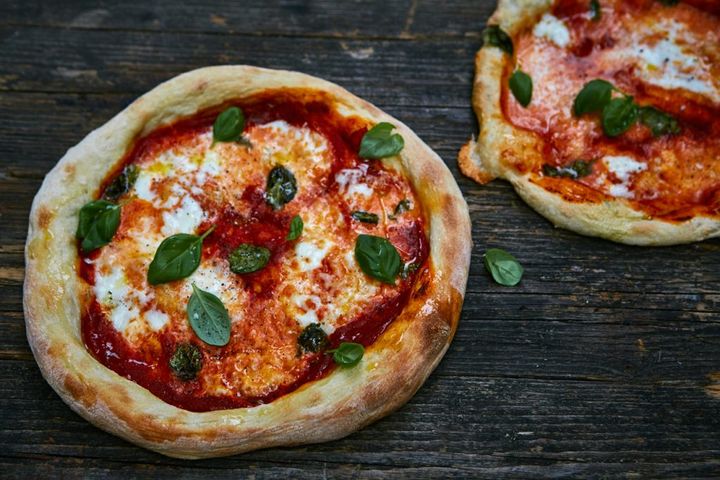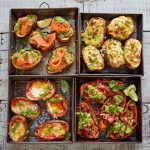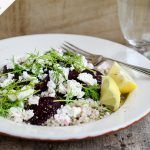Italian cheese goes far further than just mozzarella and Parmesan – in fact, they’re about as diverse as the country’s cuisine itself, which can be confusing if you’ve not grown up surrounded by them.
This handy breakdown, courtesy of this year’s Italian issue of Jamie magazine, will help you navigate what’s on offer. Formaggio heaven!
Parmigiano-reggiano
A hard, nutty cheese made from raw cow’s milk and aged for two to three years. By law, only the cheese that is produced in Parma, Reggio Emilia, Bologna, Modena and southern Mantova can be given this name.
Caciocavallo
This soft, stretched cow’s milk cheese is produced in southern Italy and has a strong, nutty taste. The name means ‘cheese on horseback’, and plays on the traditional technique of these gourd-shaped cheeses being roped together and hung over a wooden beam to age.
Ricotta
Creamy ricotta is made from whey, a by-product of the cheesemaking process, which is then heated – in fact, its name means ‘recooked’. In Calabria, with its culture of food preservation, ricotta is often smoked over wood embers.
Burrata
Its name – ‘buttery’ in Italian – says it all. Hailing from Murgia in southern Puglia, this luxurious parcel of mozzarella cheese has a rich centre of cream with more scraps of mozzarella.
Formaggio di f’ossa
A rich and intense sheep’s milk cheese from Emilia-Romagna, formaggio di fossa is matured for a month before being placed in an underground pit, or ‘fossa’, for up to 100 days.
Mozzarella
While this semi-soft, creamy curd cheese may be made from cow’s milk, traditional Italian methods, protected under EU law, use the milk of the water buffalo. The name comes from the word ‘mozza’, or ‘to cut’, referring to the curd being sliced during the cheesemaking process.

A good mozzarella will make all the difference to a homemade pizza or bruschetta.
Taleggio
This semi-soft, washed-rind cow’s milk cheese has a distinctive, tangy flavour. It has been made in the Lombardy region for centuries, and is named after the Val Taleggio, a lush valley between the provinces of Lecco and Bergamo.
Fontina
Made in the Aosta valley since the 12th century, this semi-soft cow’s milk cheese is most famously used in fonduta (fondue) – a creamy, melted cheese dish served with bread.
Pecorino
The name of this hard, sharp-tasting ewe’s milk cheese comes from ‘pecora’ – the Italian word for sheep. The common ‘romano’ pecorino is made in Lazio, Sardinia and Tuscany, although these and other regions also produce their own unique versions of this cheese.
Gorgonzola
A blue-vein cow’s milk cheese with a strong, punchy flavour, Gorgonzola takes its name from the Milanese town where it has been made for centuries. EU law only allows this cheese to be produced in a handful of Italian provinces.
This guide comes from the current issue of Jamie magazine, which is out now – pick up a copy for some gorgeous recipes using all these cheeses, like these irresistible arancini.























